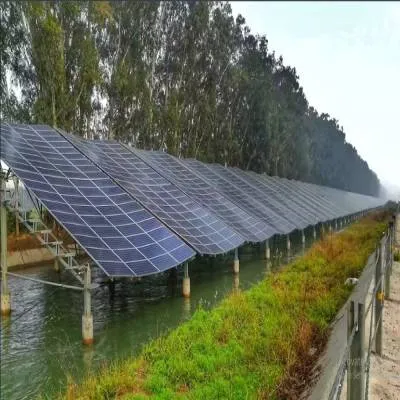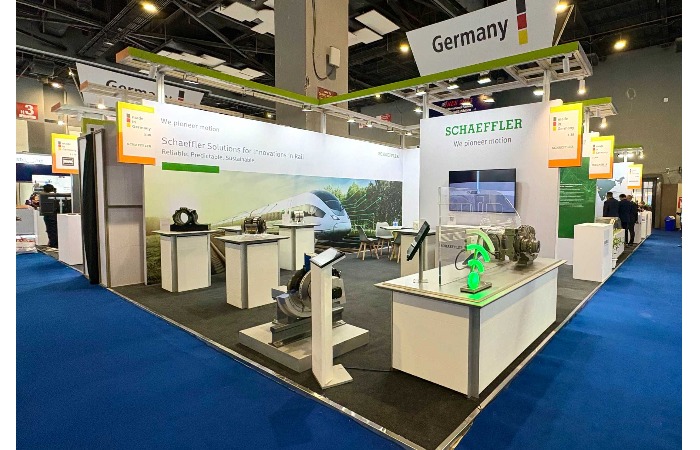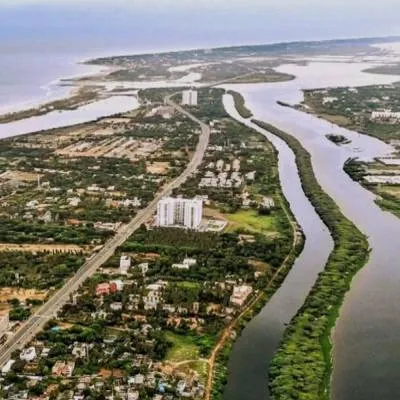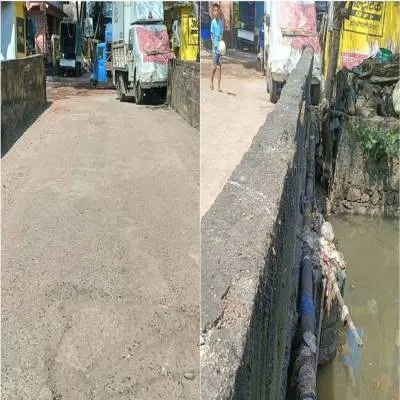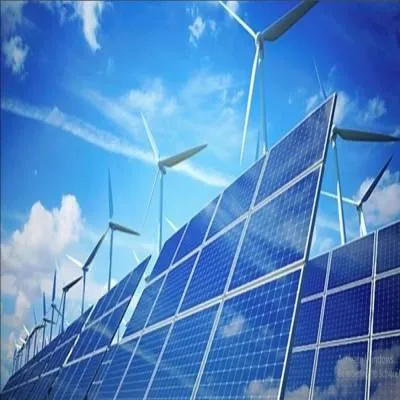Schedule a Call Back
India’s Green Energy Push Faces Transmission Bottleneck
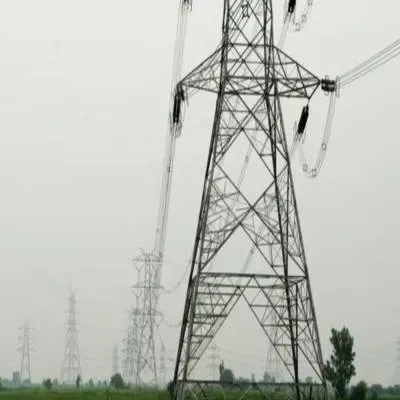 India’s rapid progress in clean energy generation is increasingly constrained by a growing transmission bottleneck. While new power generation capacity has nearly tripled to 26.8 GW so far this fiscal year, the expansion of the national transmission network has faltered.
India’s rapid progress in clean energy generation is increasingly constrained by a growing transmission bottleneck. While new power generation capacity has nearly tripled to 26.8 GW so far this fiscal year, the expansion of the national transmission network has faltered.
Data from the Central Electricity Authority (CEA) shows that only 1,998 circuit kilometres (ckm) of new lines were added by August 2025 — a 30 per cent decline from the previous year — against a full-year target of 15,382 ckm.
This gap between generation and transmission is already stranding new renewable projects. A JMK Research study estimates that nearly 50 GW of renewable capacity nationwide remains unutilised because of inadequate grid infrastructure, driving up per-unit transmission costs, undermining project viability, and discouraging private investment.
Developers such as ACME Solar and AMPIN Energy have petitioned the Central Electricity Regulatory Commission (CERC) for compensation over financial losses caused by delayed grid connections.
Of the 26.8 GW added this year, renewable energy contributes 20.1 GW, followed by coal and other thermal projects at 3.6 GW, hydro at 2.4 GW, and nuclear at 700 MW. While the surge in green power generation supports India’s target of 500 GW non-fossil capacity by 2030, the absence of adequate evacuation infrastructure risks slowing its real impact.
Unlike coal-based plants, solar and wind power are intermittent and require stronger, flexible transmission systems to maintain grid stability. Ironically, even as new projects await connectivity, parts of the existing transmission system remain underutilised. Analysis by the National Renewable Energy Laboratory (NREL) found that up to 71 per cent of Inter-State Transmission System (ISTS) corridors operate below 30 per cent utilisation, exposing a geographical mismatch between where lines exist and where power flows are needed.
Last year, only 8,830 ckm of new transmission lines were commissioned against a target of 15,253 ckm, marking a 42 per cent shortfall, with ISTS additions at their lowest in a decade.
Between April and August 2025, state utilities built 1,263 ckm of lines and central public sector companies added 708 ckm, both missing their respective targets of 1,444 ckm and 717 ckm. The private sector, though holding a smaller share, met its 27 ckm goal.
Despite current lags, private sector interest is rising — with over 30 new power sector companies, mainly transmission firms and infrastructure investment trusts, incorporated in the first half of 2025.
To bridge the gap, the Centre is accelerating efforts to expand the transmission backbone as the 2030 renewable energy deadline nears. The CEA’s National Electricity Plan projects that India will need an additional 191,000 ckm of transmission lines by FY32, requiring an investment of about Rs 9.15 trillion (Rs 9.15 lakh crore) to ensure reliable power supply and accommodate battery storage capacity.
India already operates one of the largest transmission networks in the world, spanning 495,405 ckm — the essential backbone of its energy transition. However, unless transmission keeps pace with generation, the country’s clean energy ambitions risk being slowed by its own grid constraints.


Subscribe Now
Subscribe to our Newsletter & Stay updated
RECENT POSTS
Popular Tags
Folliow us

